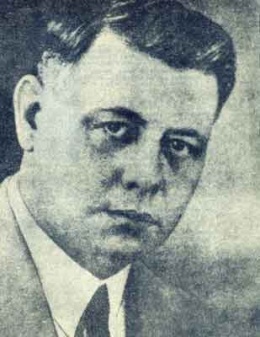4.2.5 The narrative and journalistic work of Carlos Loveira (1881 – 1928)

Carlos Loveira was a writer of humble origins who had to deal at an early age with the death of his parents and the rigors of emigration to the United States. He joined the Necessary War, and his patriotic affiliation would lead him to also be concerned about workers and the need to defend their rights through union organizations, from a position very close to socialism.
Only seven narrative pieces by this author are known, scattered over time and also because they appeared in different media of the time. In general, his short story production has characteristics similar to his novels in terms of plot design and rather evanescent characters, which quickly give way to the social conflict underlying their behavior.
His most notable pieces were “Old Creole Paintings: The Circus”, “Of the Heroic Days” and “The Minister’s Tip”, in which a costumbrismo is present that is not merely descriptive but rather seeks to investigate the essence of the national being, the individual in relation to social consciousness, with the problem of social classes and their implications for the subject who is a victim of stratification and absurd “values” derived from it.
His narrative lacks adequate argumentative support, as well as the development of his characters, to whom he does not breathe enough life, perhaps because his vocation was more sociological than psychological, as he tried to outline, and succeeded with acceptable aesthetic depth, the panorama of his time and the conflicts of the nation.
In this sense, the double standards of bourgeois morality and the situation of material and intellectual subjugation of women emerge in her texts, among other themes directly rooted in her reality.
His narrative pieces were published primarily in “Cuba Contemporánea,” “Smart,” “Social,” and “El Fígaro”; but he also published essay-like texts of a political and social nature in “Gente Nueva” and “Cauterios,” which he founded but which only briefly survived, “La Voz de la Revolución,” “Heraldo de Cuba,” “El Simún,” and “El Camagueyano,” among others. He belonged to the National Academy of Arts and Letters and to the Cuban branch of the Royal Spanish Academy of Language.








